BEING a high school English and literature teacher in Australia closely connected Sita Walker to writing.
The immense experience of teaching story writing for 20 years, encountering a lot of work from students and being published in an anthology, finally led towards her debut book The God of No Good. Being immersed in that creative process for so long, has enabled her to write an accomplished memoir set across different continents about six women and how their lives intertwine.
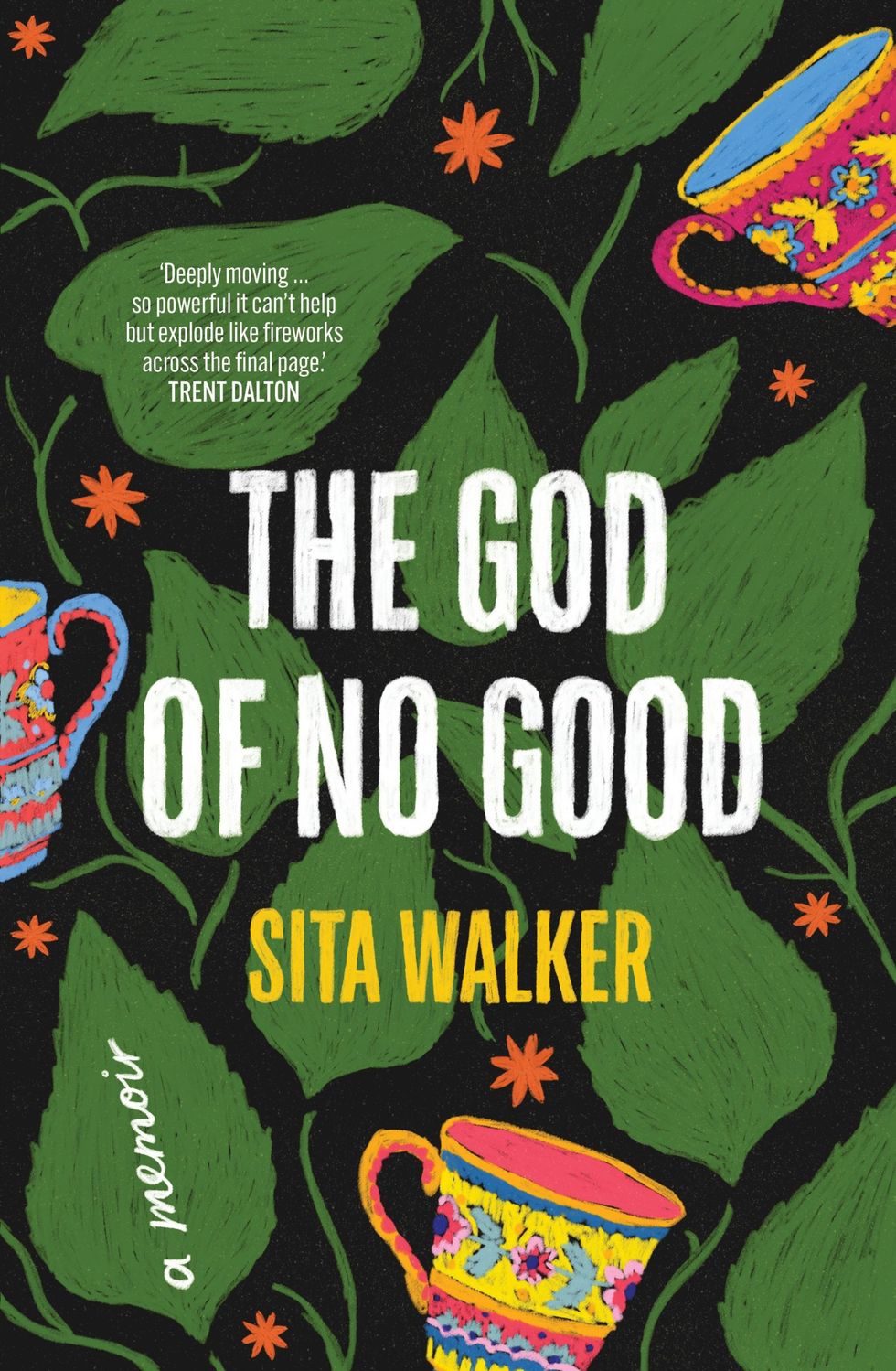
Apart from telling a compelling story, the book based on personal experiences delves into multiple themes including faith, love, dreams, searching for a purpose, spirituality, and community. Eastern Eye caught up with the Brisbane-based author to talk about her coming-of-age tale filled with humour, about letting go of the past to rebuild your own destiny.
What led you to writing a memoir?
When I decided to give writing a real go, I entered a competition. I wrote a short piece called Love in the Time of Grandmother. It was a memoir. It did quite well, and I was asked to write more like it, so I did.
Tell us a little about the story?
The God of No Good is an intergenerational true story about my grandmother, mother, aunts, and myself and how our lives intertwine. The chapters traverse time, decades, and continents – from Iran to India, Sri Lanka to the Czech Republic, Adelaide to the Torres Strait. It’s about old love and new love, losing faith, gaining courage, grief, vice, and virtue. Bold women, good men. Tea. There’s lots of tea.
How much of it is drawn from real life?
The events of the book are passed through several sieves. Fading memories, second hand accounts, and my own poetic imagination. Some minor characters are fictional, created from a wisp of memory, a line of dialogue, or simply a ‘feeling’ that someone had about something that happened a very long time ago. That said, most of the events in the book are absolutely true.
Could you tell us what inspired the interesting title?
The title is inspired by the philosophy of non-dualism - the underlying unity and interconnectedness of all things. I am interested in the idea that vice and virtue exist within everyone and belong to everyone and everything; that the god of all that is good is also the god of no good.
What made you focus on the central theme of goodness in the book?
My mother and father were enormously invested in my moral compass, and this was deeply linked to the principles of the Baha’i faith, the religion I was raised in. I tried so very hard to be good for many, many years. The book is an exploration of what happens when you give up what you have always perceived to be ‘goodness’ and explore other options, when you become a seeker - only then can you own your goodness, and your corruption too.
Did you learn anything new while writing this book?
I learnt that when you have the courage to face your greatest fears, the world gives back to you in surprising and unexpected ways. I also learnt that people take from books things you didn’t even realise you put in there. I have had so many insightful discussions with readers who mention how they loved this idea, or that, and I’d never even intended it to come across that way. It’s incredible.
Did you discover anything new about yourself?
I discovered just how much of my life I had kept secret. I don’t think I did it on purpose, but perhaps I did. Maybe we all do? Many of my friends were overcome by how little they knew about me.
Do you have a favourite section or chapter in the book?
My favourite section is set in 1952, on a hill station called Panchgani, in Maharashtra. My mother is 10 years old and hiding in a mulberry tree, hoping to see a black panther. Panchgani is a beautiful, lush, and evocative place. Writing that section was like threading jewels together to make a sparkling necklace. It was my pleasure to write.
Who are you hoping connects with The God of No Good?
I hope the book reaches anyone who needs to read it. Books have an interesting habit of finding a way to their intended. If readers see the cover, or an extract or blurb, and it speaks to them, there must be a reason why. That’s my experience with books. They grab those who need them.
What according to you makes for a great story?
I tell my students a good story leads the reader up the mountain by dangling something shiny in front of them, but never letting them see it properly. At the top, it shows them the view, and that the shiny thing was not what they thought it was, and then sometimes, it pushes them down the other side, knocking the wind out of them.
What inspires you creatively?
Great art. Reading, watching movies and TV, listening to music.
What type of books do you enjoy reading the most?
Well-written ones. My favourite authors are Toni Morrison, Barbara Trapido, John Steinbeck, Helen Garner, Elizabeth Gilbert, Arthur Miller, Nora Ephron. I love all kinds of books. At the moment, I am reading All the Pretty Horses by the great Cormac McCarthy, who died this year. I’ve never read it before.
How do you feel about The God of No Good, your debut book, being published and put out into the world?
I feel lucky and proud. I feel like I’ve contributed something worthwhile, and that is no small thing to feel at least once in your life.
Why should we open up your book?
Because it has an excellent first line. That’s worth opening any book for, isn’t it? It also has a cast of wonderful true characters. There aren’t many books about a daughter of a white man and a brown woman, raised in the Baha’i faith, growing up in a small town in Australia. In fact, this is the only one. I guarantee you’ll be reading something original.
The God of No Good by Sita Walker is published in hardback by Ultimo and available now






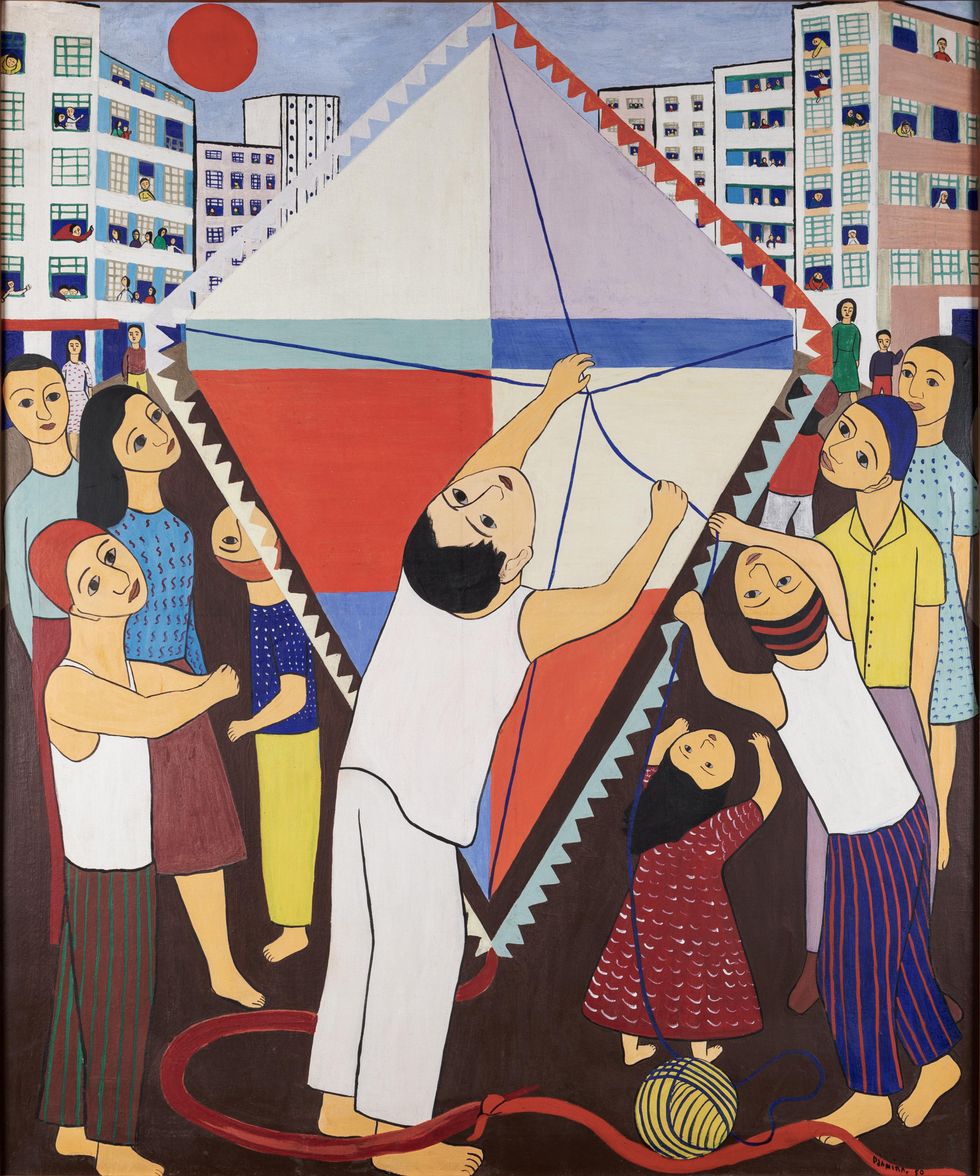 Flying a Kite (1950) by Djanira
Flying a Kite (1950) by Djanira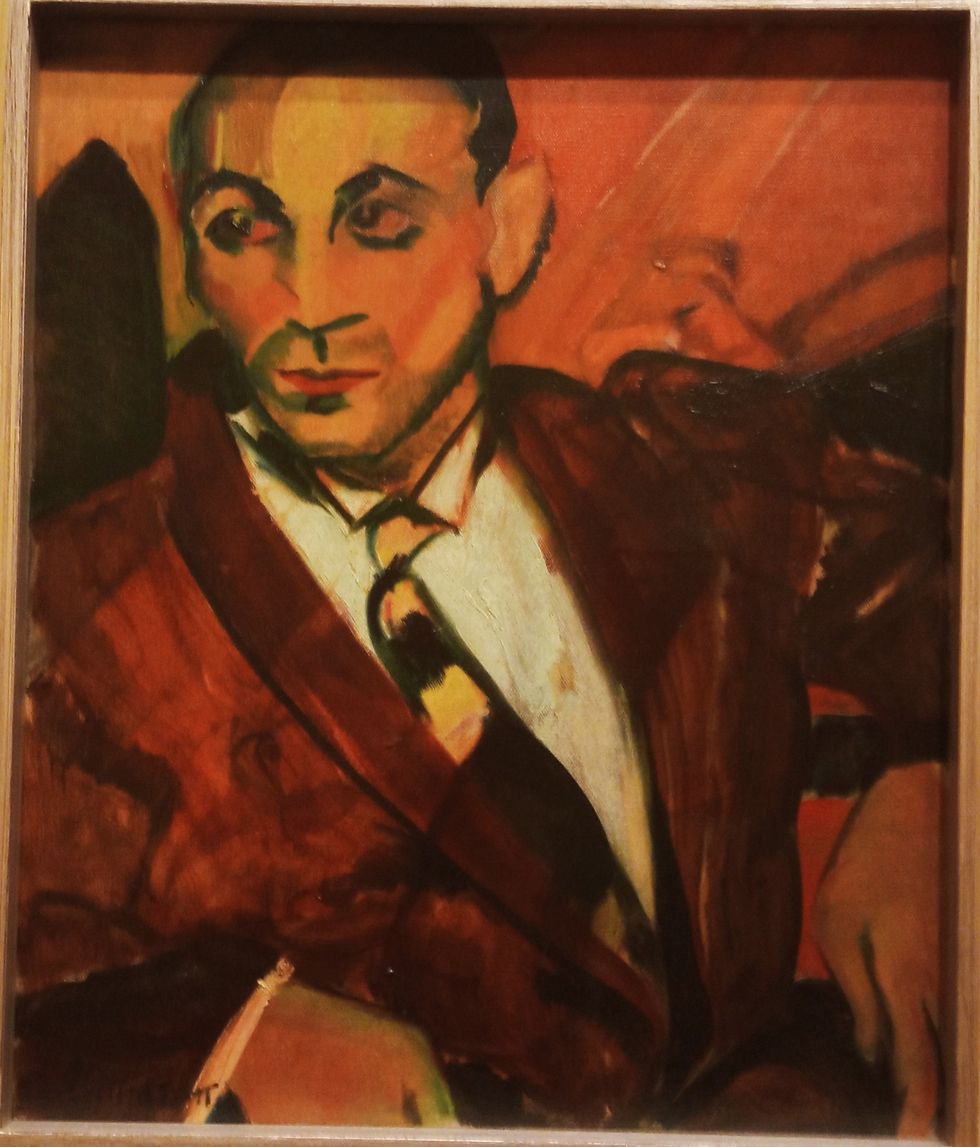 Yellow Man (1915/16) by Anita Malfatti
Yellow Man (1915/16) by Anita Malfatti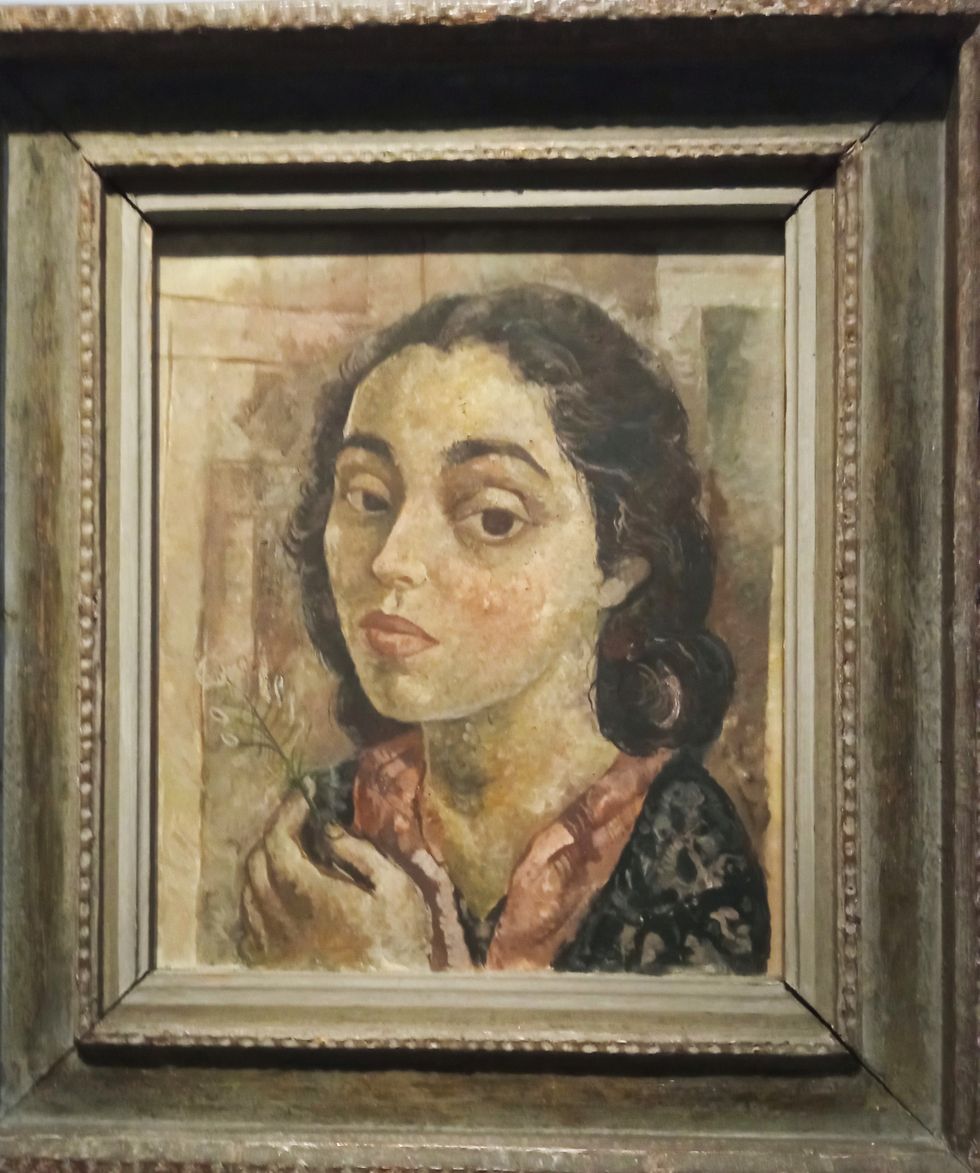 Lucy with Flower (1939-42) by Lasar Segall
Lucy with Flower (1939-42) by Lasar Segall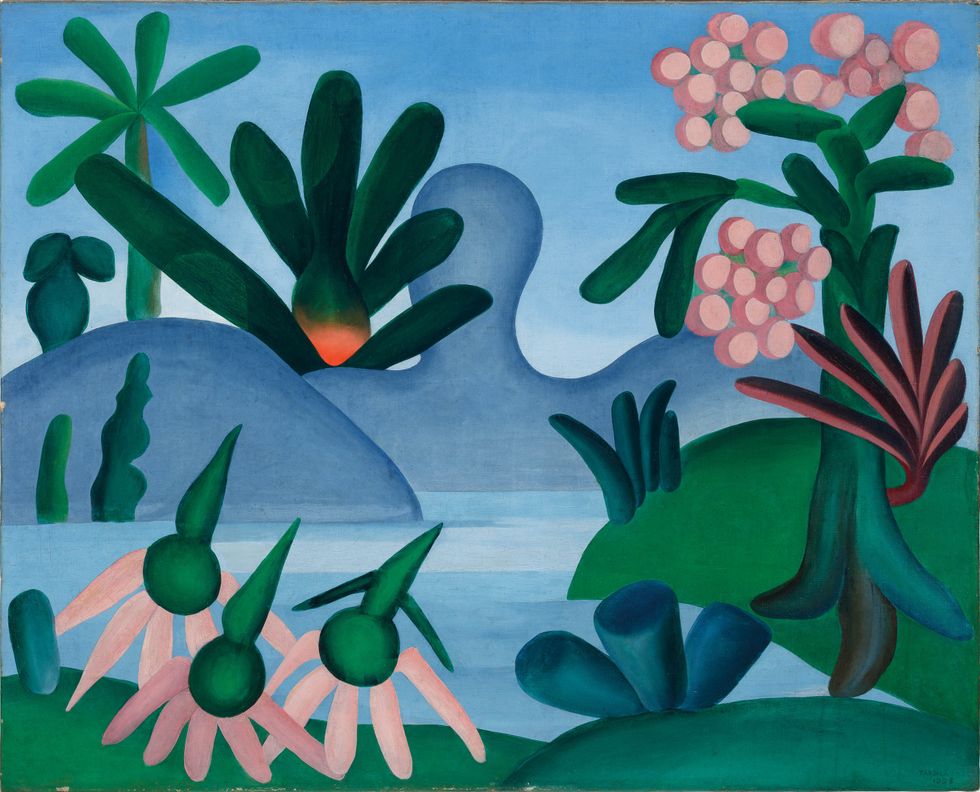 Lake (1928)
Lake (1928)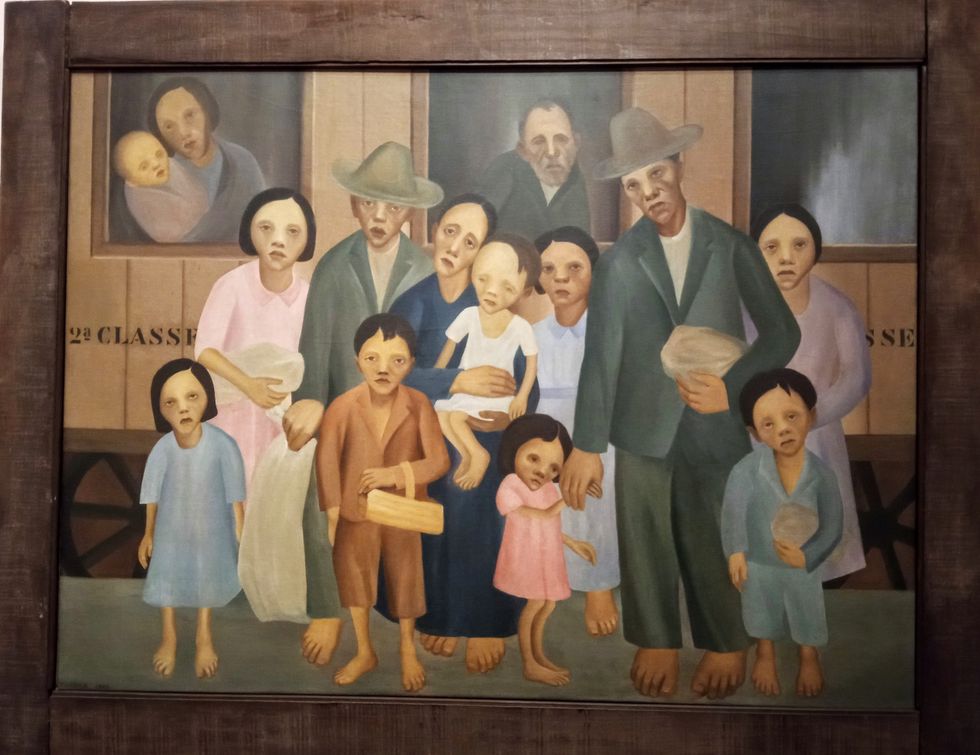 Second Class (1933) by Tarsila do Amaral
Second Class (1933) by Tarsila do Amaral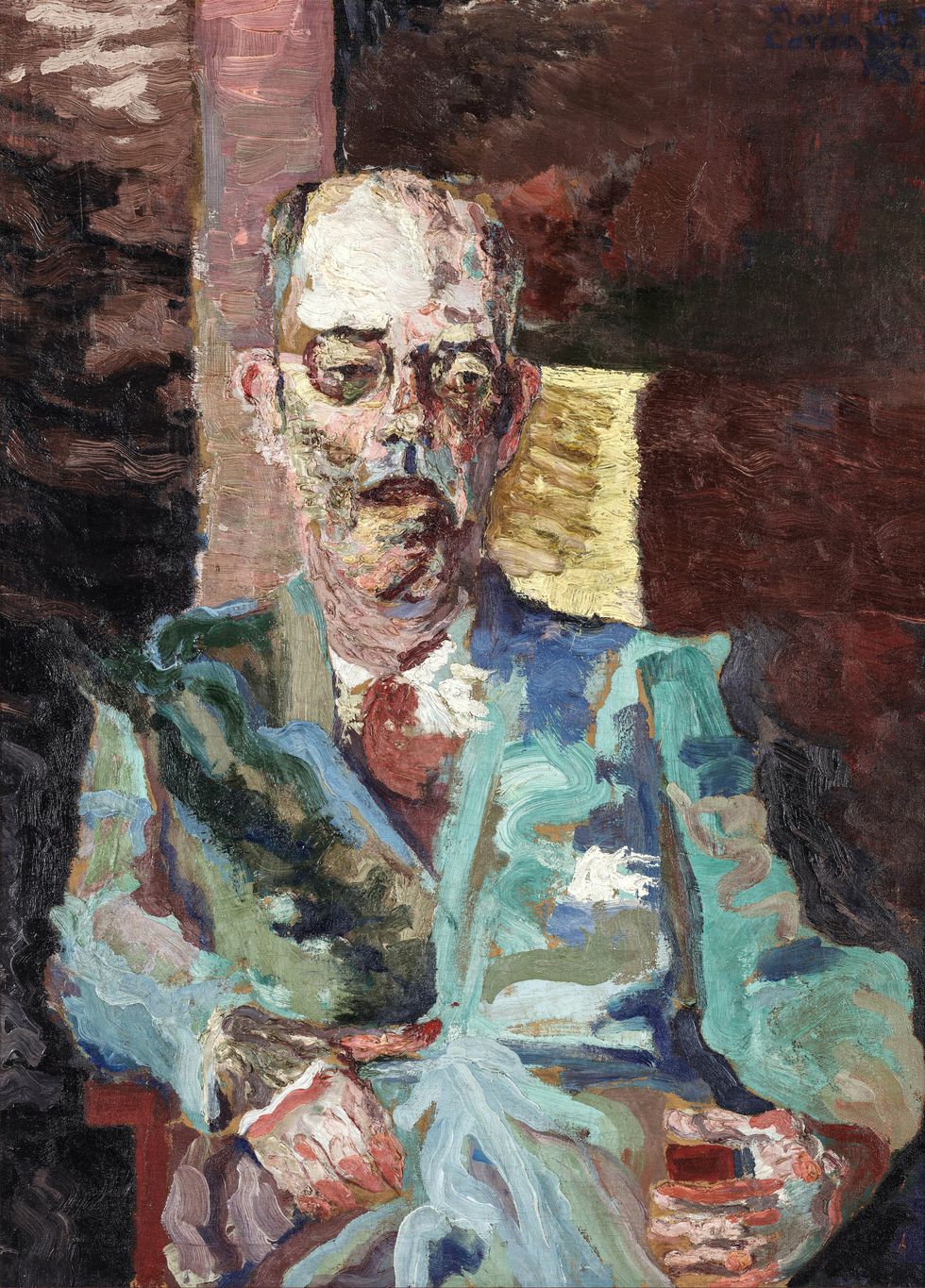 Mário de Andrade (1939) by Flávio de Carvalho
Mário de Andrade (1939) by Flávio de Carvalho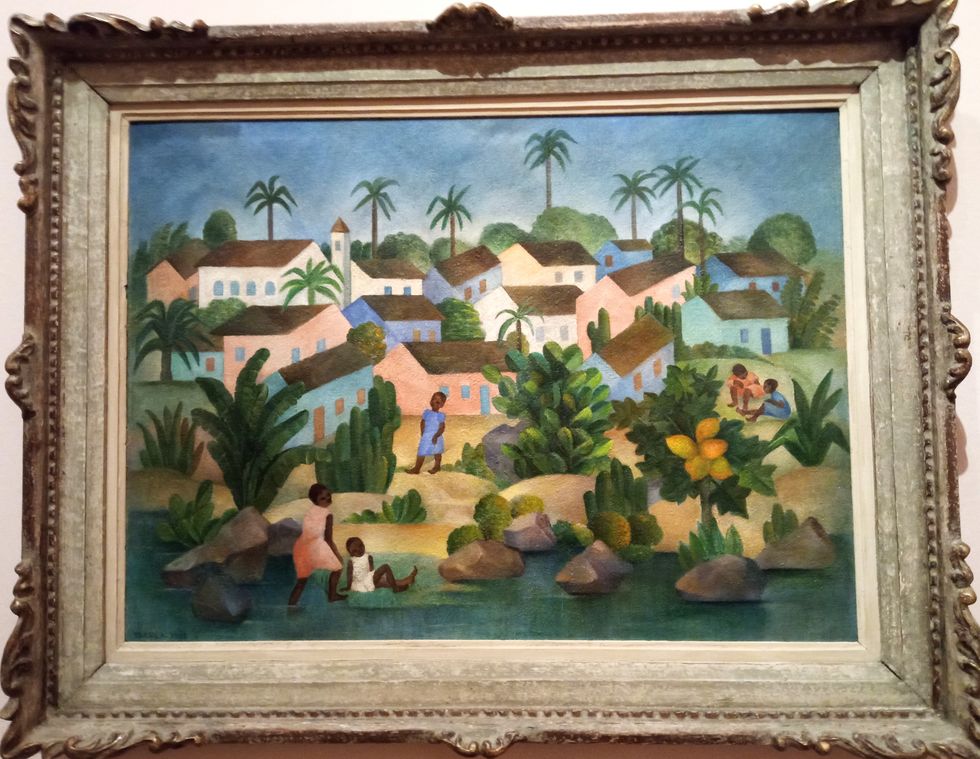 ,Settlement I (1952) by Tarsila do Amaral
,Settlement I (1952) by Tarsila do Amaral



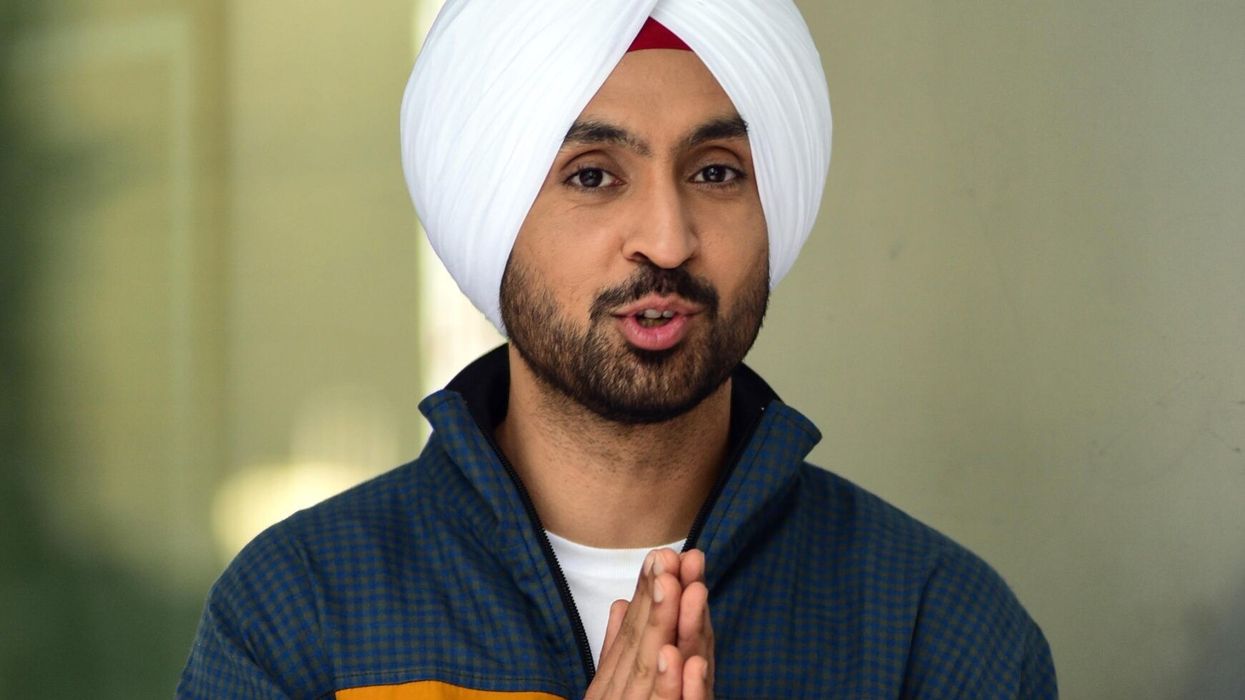







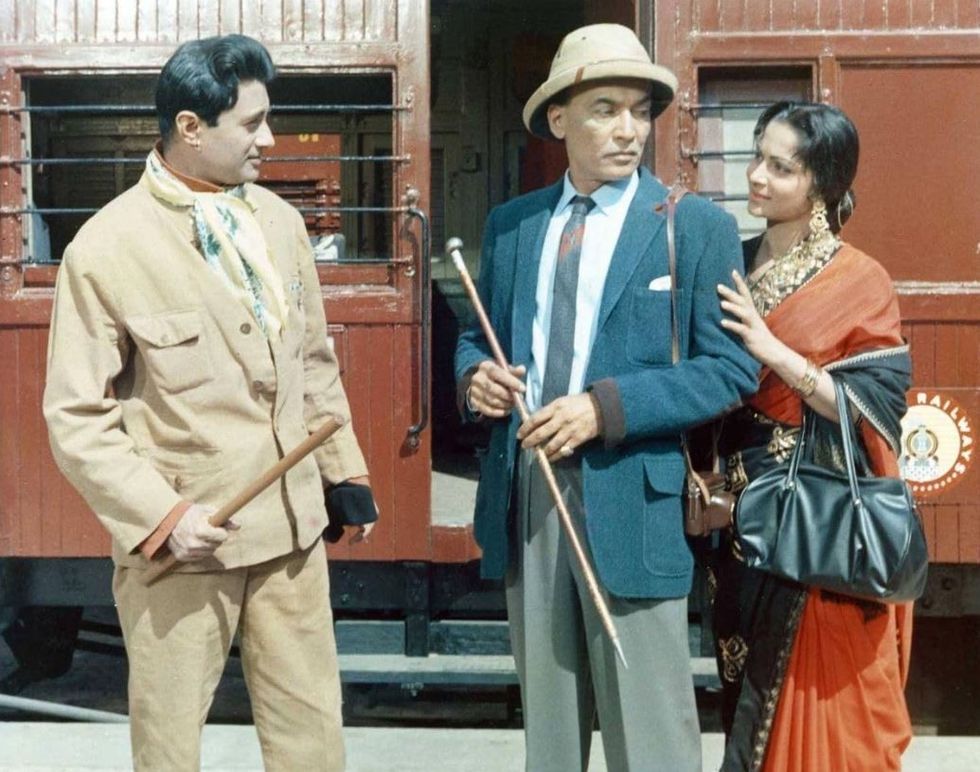
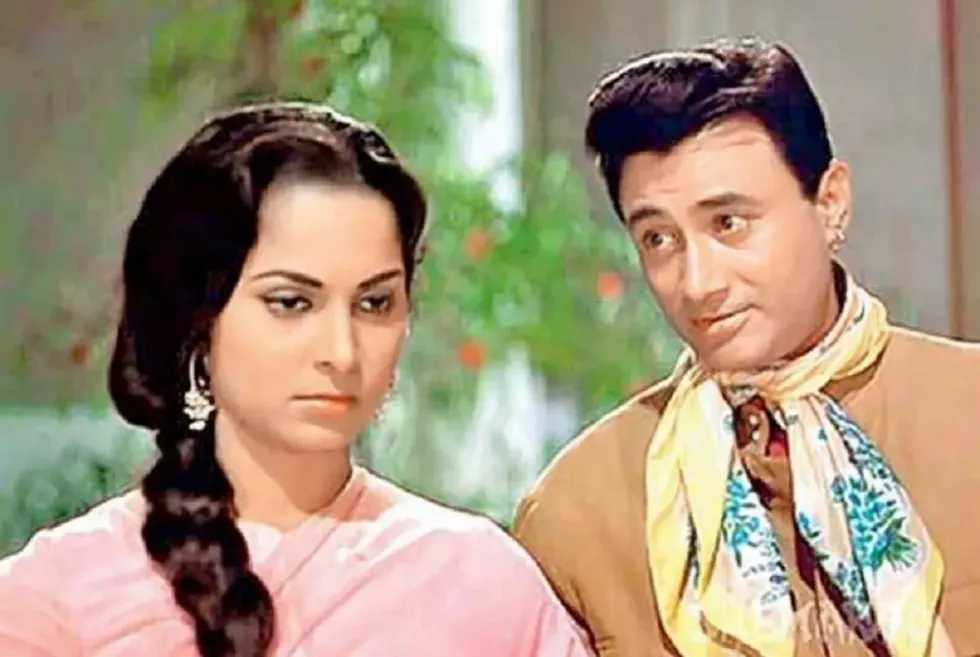
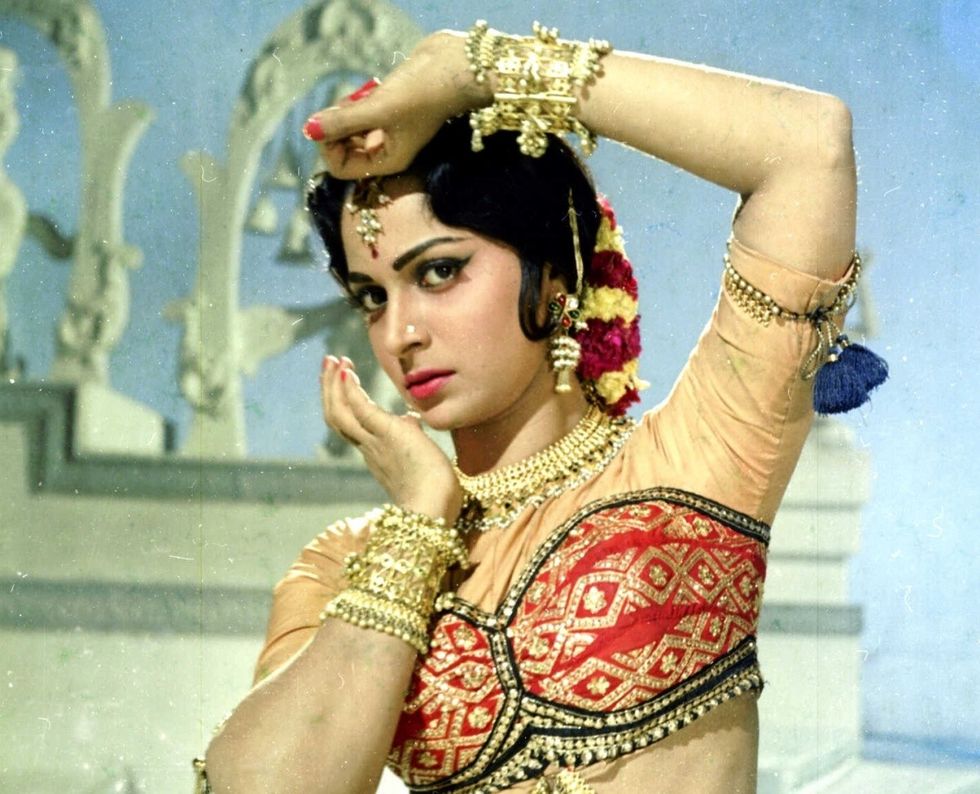
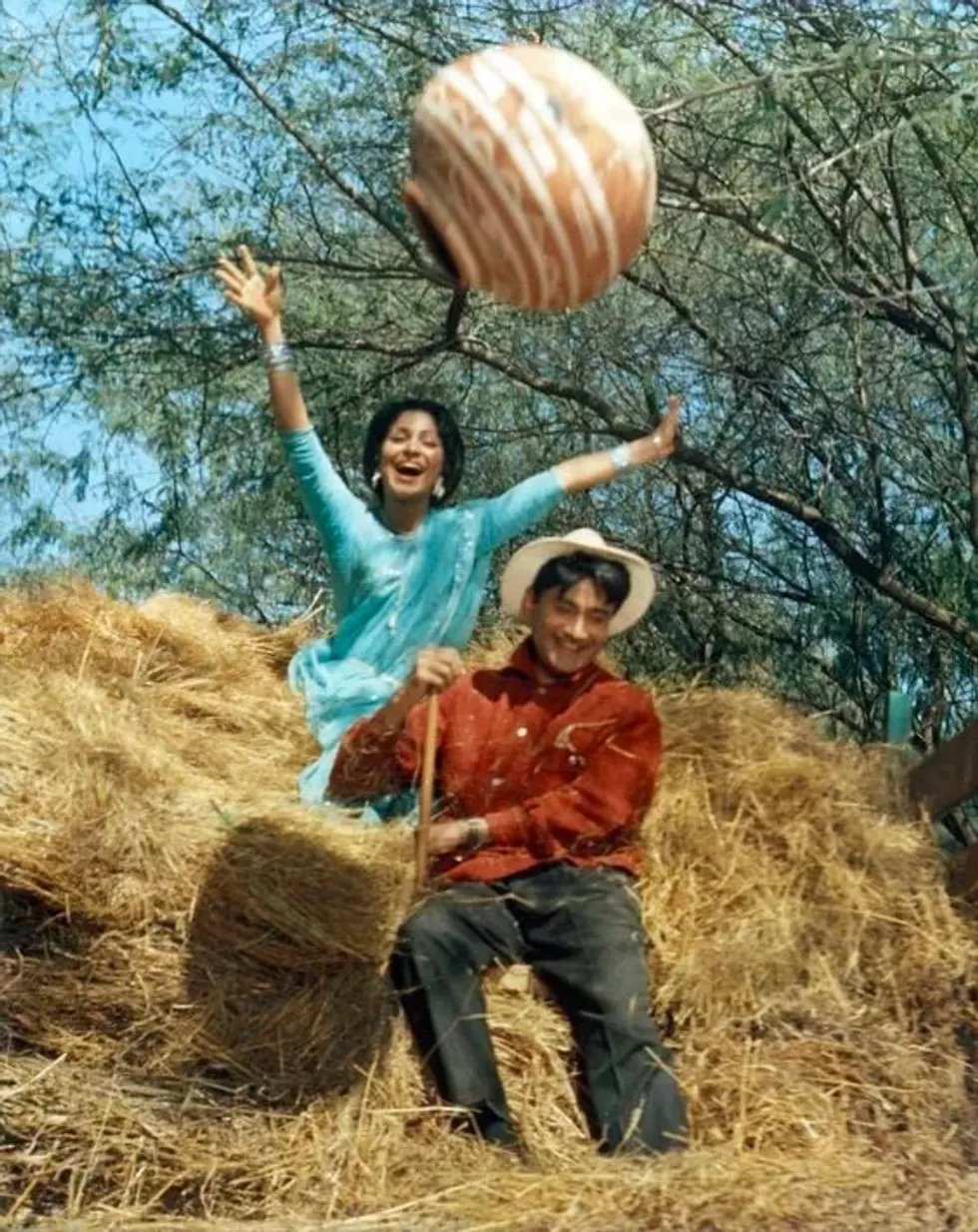
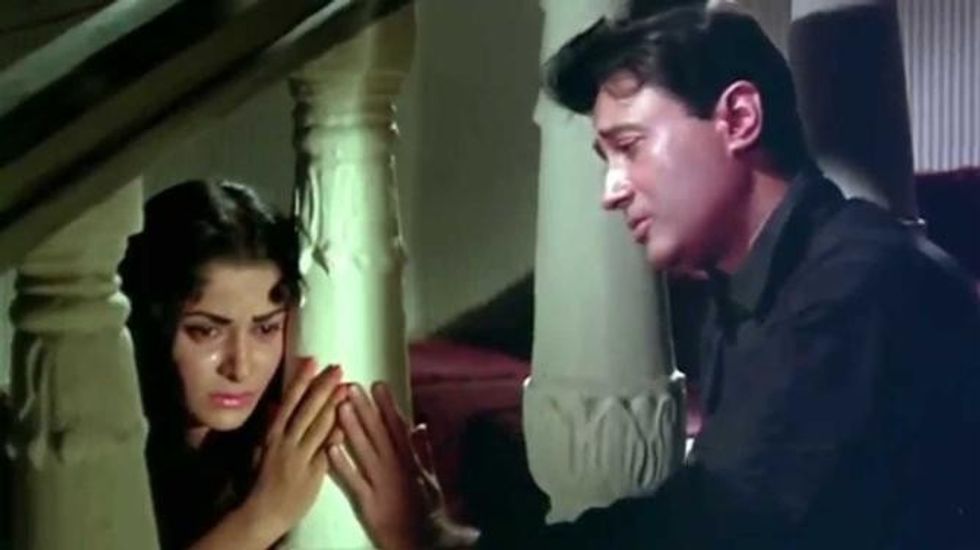
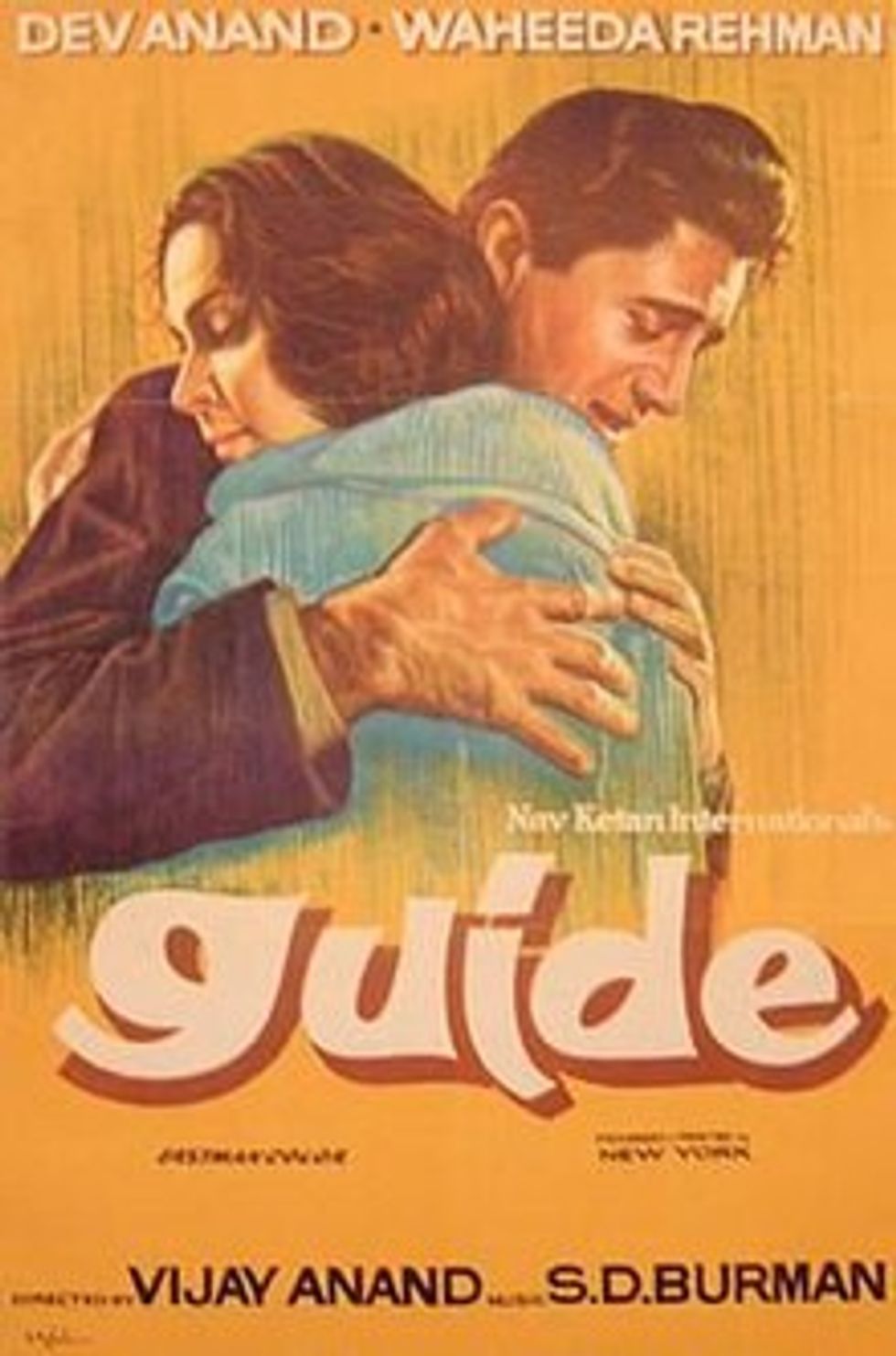 The film’s poster
The film’s poster
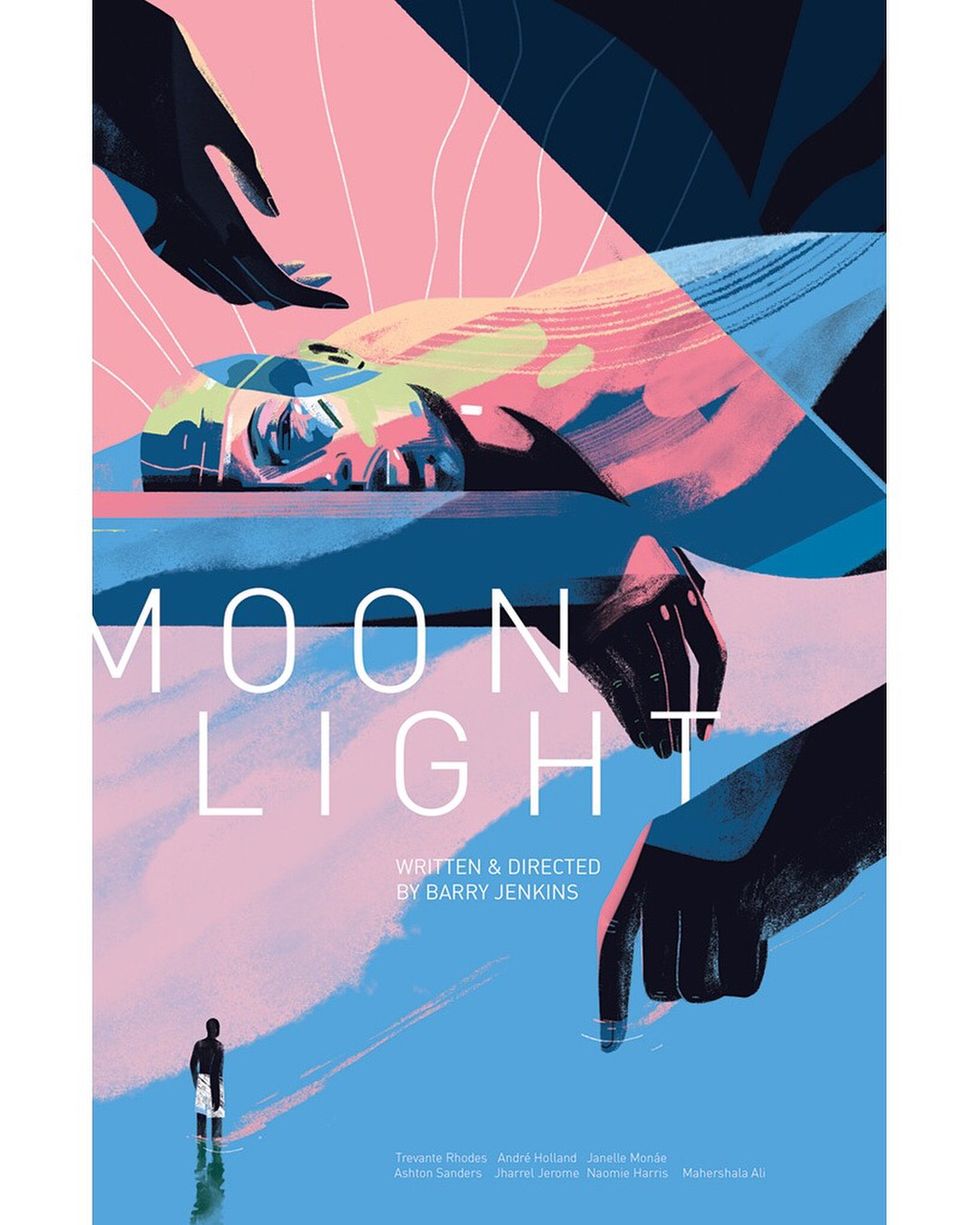 A timeless story of identity, love, and self-discovery – Moonlight shines beyond the screenInstagram/moonlightmov
A timeless story of identity, love, and self-discovery – Moonlight shines beyond the screenInstagram/moonlightmov

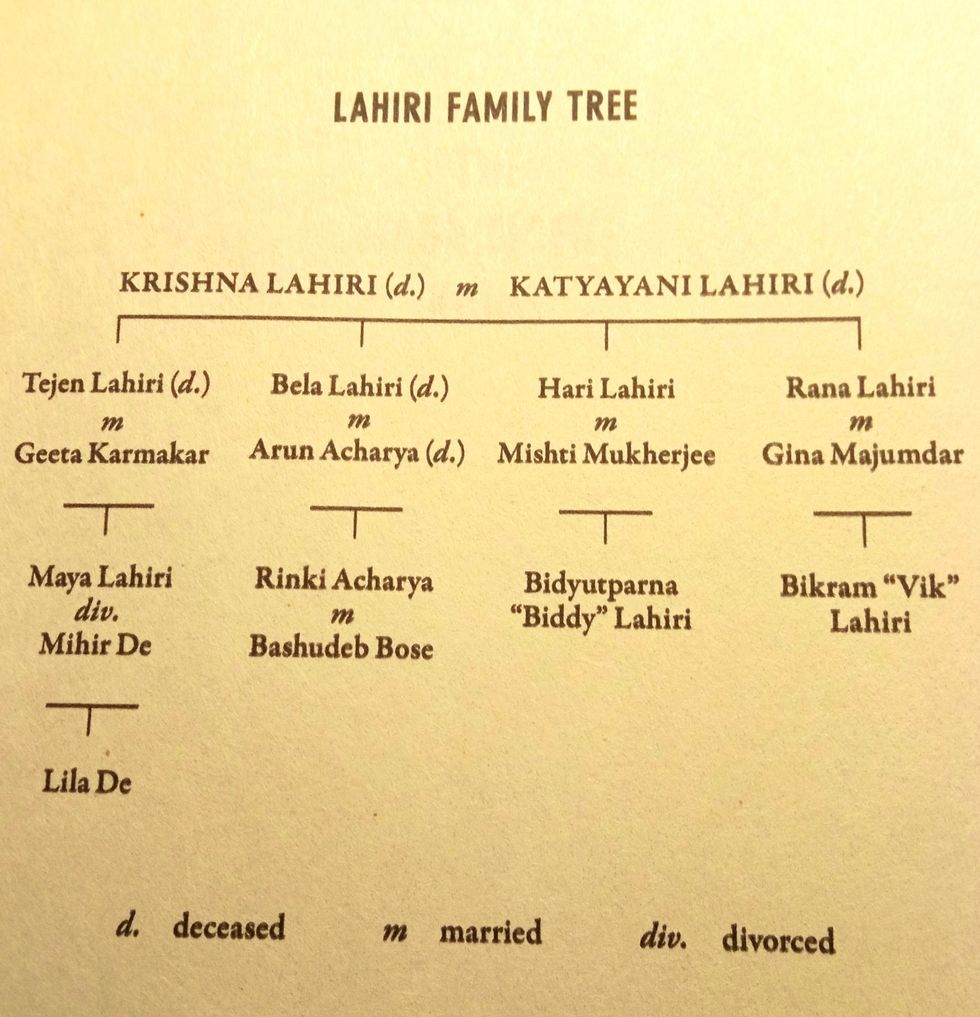 The family tree from the novel’s opening
The family tree from the novel’s opening